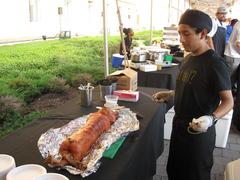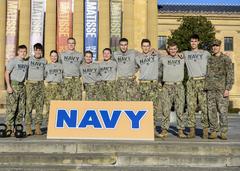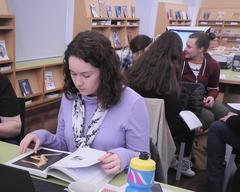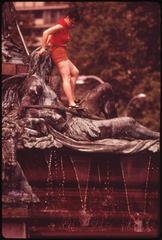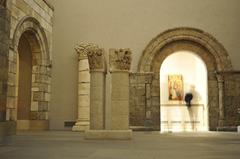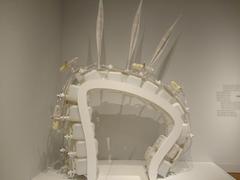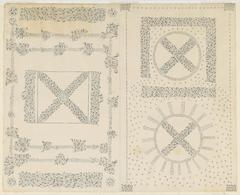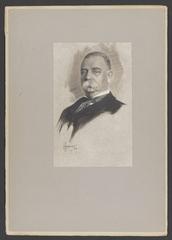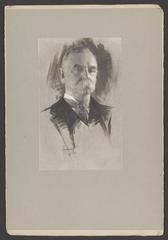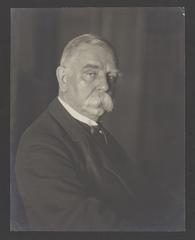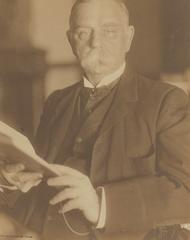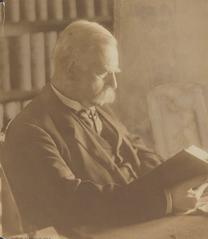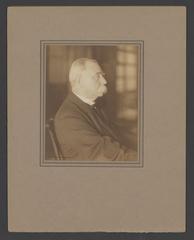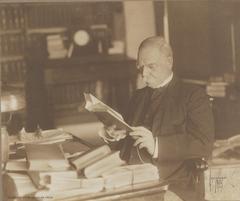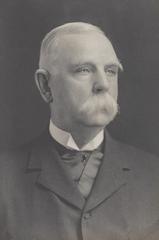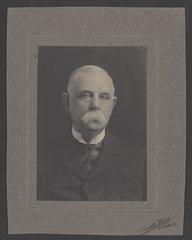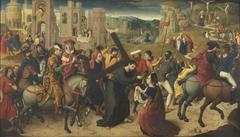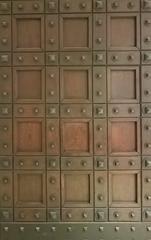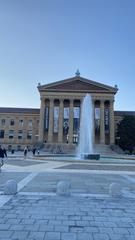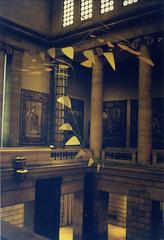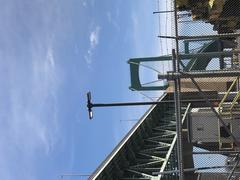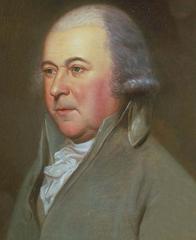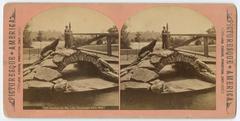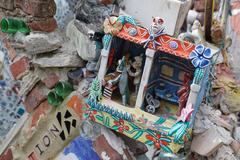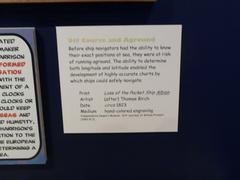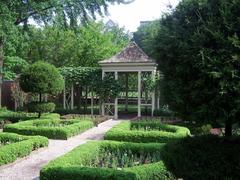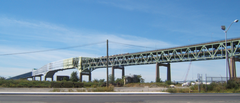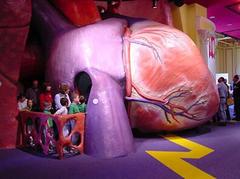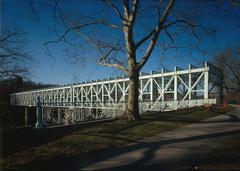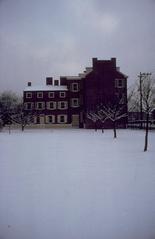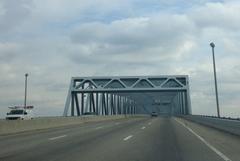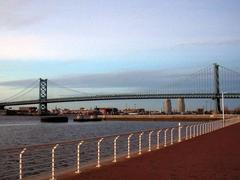
Visiting Prometheus Strangling the Vulture in Philadelphia: Hours, Tickets, and Tips
Date: 17/07/2024
Introduction
Exploring the captivating artwork of “Prometheus Strangling the Vulture” in Philadelphia offers a unique window into the intersection of art, history, and mythology. This remarkable bronze sculpture, crafted by the acclaimed sculptor Jacques Lipchitz, was commissioned in 1943 and completed in 1944 amidst the global turmoil of World War II. Positioned on the University of Pennsylvania campus, near the Van Pelt Library, the sculpture is accessible 24/7 without an admission fee. Lipchitz, a prominent figure in the Cubist movement, imbued the piece with profound symbolism derived from Greek mythology. Depicting the moment of Prometheus’s defiance against Zeus, this artwork serves as a powerful metaphor for human resilience and the unyielding spirit of freedom (University of Pennsylvania, Philadelphia Museum of Art). Throughout the years, the sculpture has undergone multiple restoration efforts to maintain its structural integrity and aesthetic appeal, ensuring it remains a significant cultural landmark in Philadelphia.
Table of Contents
- [Origins and Creation](#origins-and-creationorigins-and-creation)
- [Symbolism and Themes](#symbolism-and-themessymbolism-and-themes)
- [Installation and Public Reception](#installation-and-public-receptioninstallation-and-public-reception)
- [Restoration and Preservation](#restoration-and-preservationrestoration-and-preservation)
- [Visitor Information](#visitor-informationvisitor-information)
- [Nearby Attractions](#nearby-attractionsnearby-attractions)
- [Special Events and Photography Tips](#special-events-and-photography-tipsspecial-events-and-photography-tips)
- [FAQ](#faqfaq)
- [Conclusion](#conclusionconclusion)
Origins and Creation
The sculpture “Prometheus Strangling the Vulture” is a significant piece of public art located in Philadelphia, United States. Created by the renowned artist Jacques Lipchitz, this bronze sculpture was commissioned in 1943 and completed in 1944. Lipchitz, a Lithuanian-born sculptor who became a prominent figure in the Cubist movement, was known for his dynamic and expressive works. The sculpture was initially intended to be part of a larger series of works that Lipchitz envisioned as a tribute to the resilience and strength of the human spirit during times of adversity.
Symbolism and Themes
“Prometheus Strangling the Vulture” draws its inspiration from Greek mythology. The myth of Prometheus tells the story of the Titan who defied Zeus by stealing fire from the gods and giving it to humanity. As punishment, Prometheus was bound to a rock, where an eagle (or vulture) would eat his liver daily, only for it to regenerate each night. Lipchitz’s sculpture captures the moment of Prometheus’s defiance and struggle, symbolizing the triumph of human ingenuity and resistance against oppression.
The sculpture’s powerful imagery resonated deeply during the time of its creation, as the world was engulfed in the turmoil of World War II. Lipchitz intended the piece to serve as a metaphor for the fight against tyranny and the enduring spirit of freedom. The artist’s personal experiences as a Jewish refugee fleeing Nazi-occupied Europe further imbued the work with a profound sense of urgency and resilience.
Installation and Public Reception
The sculpture was initially displayed at the Philadelphia Museum of Art before being moved to its current location at the University of Pennsylvania campus in 1950. The decision to place the sculpture in a public space was driven by the desire to make art accessible to a broader audience and to inspire the community with its powerful message.
Upon its installation, “Prometheus Strangling the Vulture” received widespread acclaim for its bold and evocative design. Art critics and the public alike praised Lipchitz’s ability to convey complex themes through the dynamic interplay of form and movement. The sculpture’s placement in a prominent public space further cemented its status as a significant cultural landmark in Philadelphia.
Restoration and Preservation
Over the years, “Prometheus Strangling the Vulture” has undergone several restoration efforts to preserve its structural integrity and aesthetic appeal. The bronze material, while durable, is susceptible to weathering and corrosion, necessitating periodic maintenance. In 2002, a major restoration project was undertaken to address issues such as surface corrosion and structural stability. The restoration process involved cleaning the bronze surface, repairing any damage, and applying protective coatings to prevent future deterioration.
These preservation efforts have ensured that the sculpture remains a vibrant and enduring symbol of resilience and defiance. The University of Pennsylvania, in collaboration with art conservation experts, continues to monitor and maintain the sculpture to safeguard its legacy for future generations.
Visitor Information
“Prometheus Strangling the Vulture” is located on the University of Pennsylvania campus, near the Van Pelt Library. It is accessible by public transportation, and there are several nearby parking options for those traveling by car. The sculpture is open to the public 24/7, and there is no admission fee to view it.
For those seeking a deeper engagement with the artwork, the University of Pennsylvania offers guided tours that provide in-depth insights into the history and significance of the sculpture. These tours are an excellent way to gain a deeper understanding of Lipchitz’s artistic vision and the broader cultural context in which the sculpture was created. Additionally, informational plaques and brochures are available on-site to enhance the visitor experience.
Nearby Attractions
While visiting “Prometheus Strangling the Vulture,” you can explore other notable attractions in Philadelphia. Some nearby sites include the Philadelphia Museum of Art, the Franklin Institute, and the Liberty Bell. These attractions offer a rich cultural and historical experience, making your visit to Philadelphia even more memorable.
Special Events and Photography Tips
The University of Pennsylvania often hosts special events and educational programs around the sculpture. Check the university’s website for upcoming events that might coincide with your visit.
For photography enthusiasts, the sculpture’s dynamic forms and intricate details provide excellent opportunities for capturing stunning images. Early morning or late afternoon light can create dramatic shadows and highlights, enhancing the sculpture’s visual impact.
FAQ
Q: What are the visiting hours for “Prometheus Strangling the Vulture”?
A: The sculpture is accessible to the public 24/7.
Q: Is there an admission fee to view the sculpture?
A: No, there is no admission fee.
Q: Are guided tours available?
A: Yes, the University of Pennsylvania offers guided tours. Check their website for scheduling and availability.
Q: What are some nearby attractions?
A: Nearby attractions include the Philadelphia Museum of Art, the Franklin Institute, and the Liberty Bell.
Conclusion
“Prometheus Strangling the Vulture” stands as a testament to the enduring power of art to inspire and provoke thought. Its rich history, profound symbolism, and cultural impact make it a must-visit landmark for anyone interested in exploring the intersection of art, history, and human resilience. Whether you are an art enthusiast, a history buff, or simply a curious traveler, a visit to this iconic sculpture promises to be a memorable and enriching experience. For the latest updates and event announcements, visit the University of Pennsylvania and the Philadelphia Museum of Art official websites.
